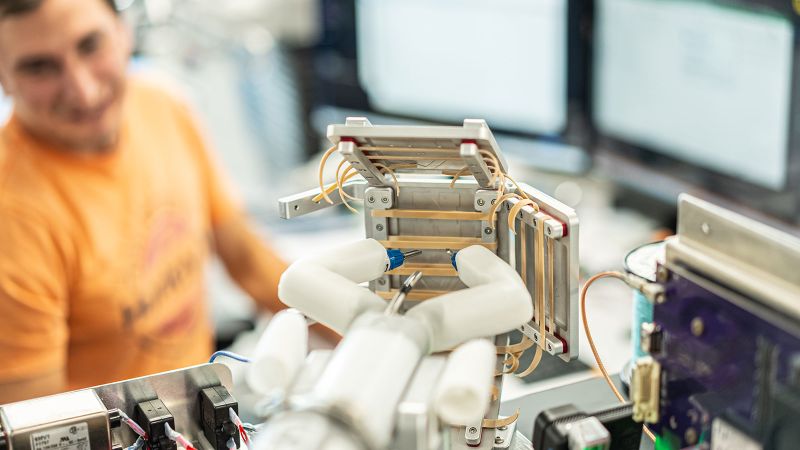
On Saturday, February 14th, surgeons in Nebraska remotely controlled a surgical robot named spaceMIRA to perform simulated surgery on the International Space Station. The robot is designed for use in remote areas and has been developed by Virtual Incision headquarters in Lincoln. This marks the first time that such a procedure has been performed from Earth, with surgeons taking turns operating the device while it was powered up by NASA astronauts roughly 250 miles above at the International Space Station.

